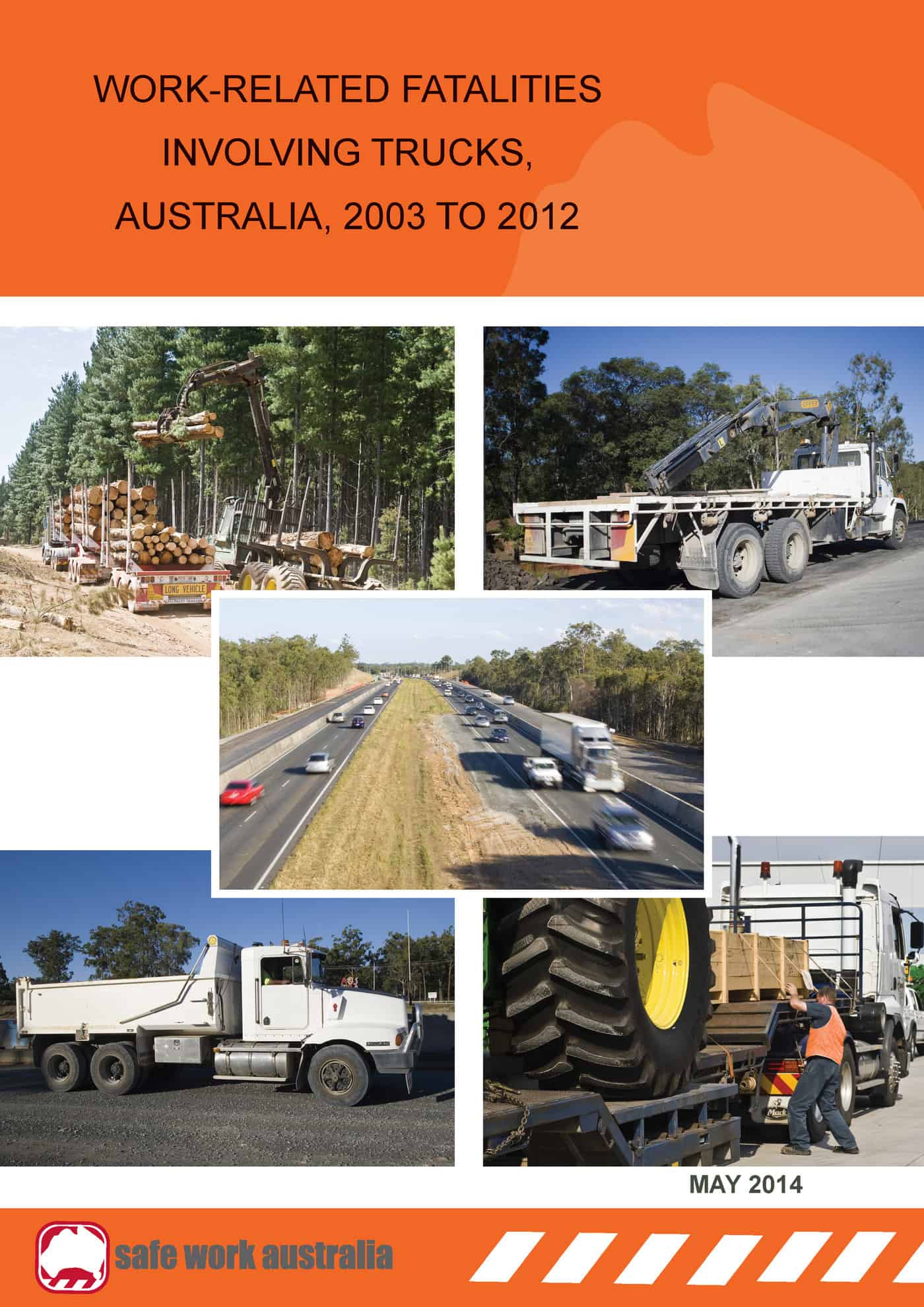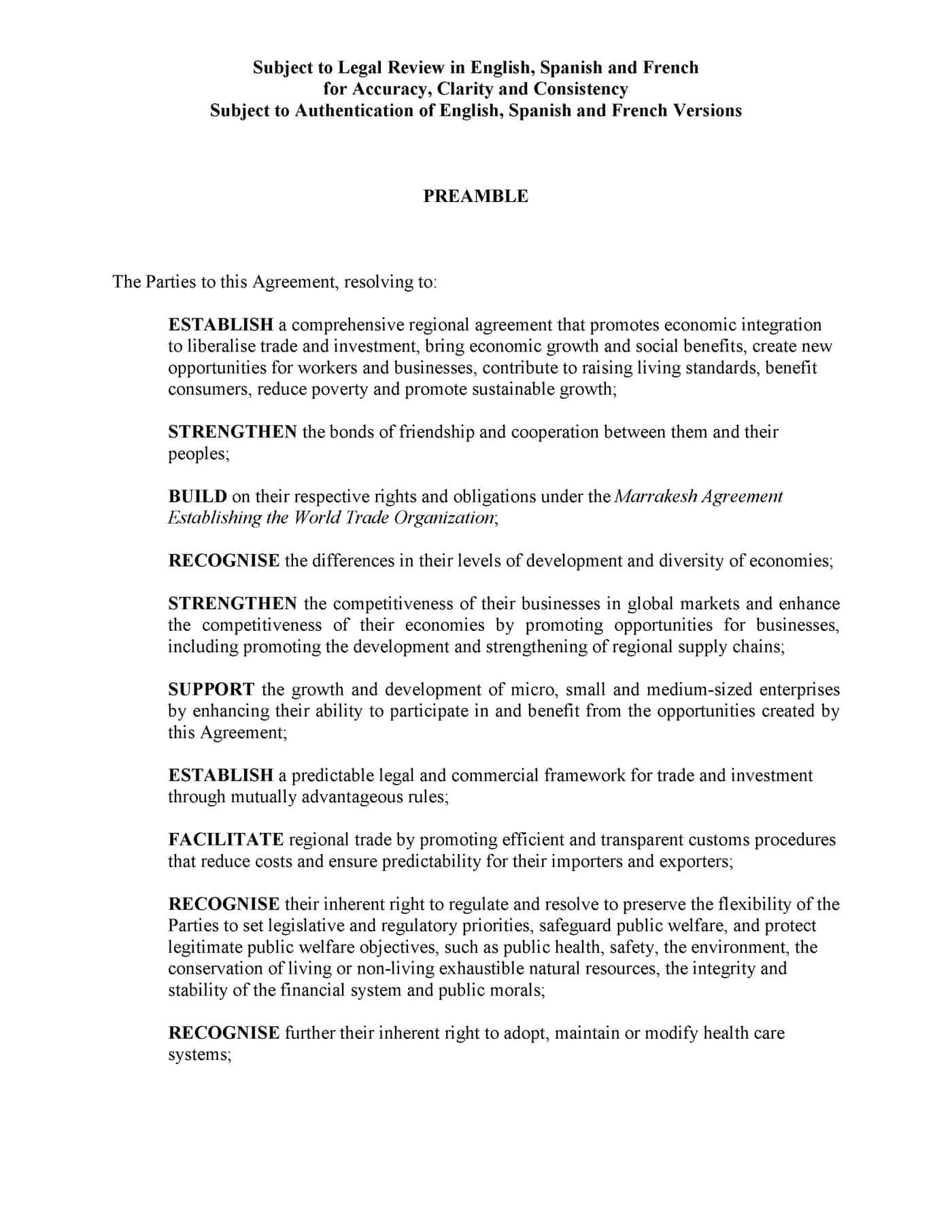At a recent seminar on managing serious workplace incidents, there was a brief discussion about how evidence is collected and controlled. The response from the panel was that one should always assume that conversations are always being recorded or have the capacity to be. A non-safety example of this appeared in The Age newspaper recently. It appears that someone recorded the Royal Australasian College of Surgeon’s examination process and the recording included discriminatory comments. Two examiners have been stood down and the College is investigating the examination processes. Continue reading “There is no such thing as a Cone of Silence, accept the reality”
Category: transparency
NZ survey reveals useful OHS profile
 New Zealand’s Safeguard magazine is a long-standing institution. Recently it undertook its first ever Safety State of the Nation survey. The results are interesting and should provide a format for Australia and other countries or publishers to follow. Cross border comparisons could be fascinating.
New Zealand’s Safeguard magazine is a long-standing institution. Recently it undertook its first ever Safety State of the Nation survey. The results are interesting and should provide a format for Australia and other countries or publishers to follow. Cross border comparisons could be fascinating.
Safeguard’s editor Peter Bateman says in a media statement:
“Given all the scaremongering stories which have accompanied the new Health and Safety at Work Act, it is pleasing to see 40% of respondents feel health and safety is an opportunity to improve their business rather than just to comply with the law.”
The fact that the results are made publicly available is also significant. Not only does this allow me to write an article on the results, it shows a level of transparency that other safety-related surveyors, particularly those who charge hundreds of dollars for a survey report, could easily follow.
What does the Prime Minister’s criticism of banking culture mean for OHS?
Some of Australia’s mainstream media reported on Prime Minister Malcolm Turnbull‘s admonishment of the banking sector on April 6 2016. He accused them of having an unhealthy culture, reflecting a general and growing public dissatisfaction with large financial institutions, insurance companies and other corporations.
Given that the dominant perspective on occupational health and safety (OHS), at the moment, is the importance of an organisational culture that values workplace safety, it is worth looking at Prime Minister Turnbull’s words and those of prominent executives and financial regulators recently reported in the mainstream press.
Continue reading “What does the Prime Minister’s criticism of banking culture mean for OHS?”
Annual Reports can encourage SafeWash!
Annual Reports are crucial corporate documents that should reflect the financial and organisational health and achievements of a company. Only recently, in Australia, have Annual Reports been assessed for indications of occupational health and safety (OHS) other than fatalities. Some of that analysis of injury data has appeared in an article in the Safety Science journal entitled “Safewash! Risk attenuation and the (Mis)reporting of corporate safety performance to investors” – an article that deserves careful consideration. Continue reading “Annual Reports can encourage SafeWash!”
are crucial corporate documents that should reflect the financial and organisational health and achievements of a company. Only recently, in Australia, have Annual Reports been assessed for indications of occupational health and safety (OHS) other than fatalities. Some of that analysis of injury data has appeared in an article in the Safety Science journal entitled “Safewash! Risk attenuation and the (Mis)reporting of corporate safety performance to investors” – an article that deserves careful consideration. Continue reading “Annual Reports can encourage SafeWash!”
Missed lessons from work-related traffic incidents
 In early 2014 a truck driver drove his vehicle into an intersection, collided with a car resulting in the death of four out of five members of one family. The truck driver, Jobandeep Gill, has been sentenced to 10 years jail. Video of the incident site shows a company name on the side of the van. It is not possible to determine who Gill was driving for or what his employment status was but, regardless of this, it seems a work vehicle was involved in the death of four people, and therefore occupational safety laws (OHS) may have been broken.
In early 2014 a truck driver drove his vehicle into an intersection, collided with a car resulting in the death of four out of five members of one family. The truck driver, Jobandeep Gill, has been sentenced to 10 years jail. Video of the incident site shows a company name on the side of the van. It is not possible to determine who Gill was driving for or what his employment status was but, regardless of this, it seems a work vehicle was involved in the death of four people, and therefore occupational safety laws (OHS) may have been broken.
It is accepted by OHS regulators that a truck is a workplace for the driver and that OHS responsibilities of all workers include
“… take reasonable care for the health and safety of persons who may be affected by the employee’s acts or omissions at a workplace…” (Section 25 of the Victorian OHS Act 2004)
On 25 November 2015, Dr Rwth Stuckey stated at an ISCRR seminar that:
“WRR (work related road) crashes [are the] leading cause of traumatic work-related fatality & injury in most westernised countries.”
So why don’t OHS regulators follow-up WRR crashes by interviewing the truck owners or the employers of the drivers? Perhaps statistics don’t support Dr Stuckey?
Workplace bullying book tries new psychology approach
OHS and the Trans-Pacific Partnership
 Several weeks ago I was asked by a trade unionist to make a submission to the Australian Government explaining how the impending Trans Pacific Partnership (TPP) would be bad for worker safety. I acknowledged concerns over labour relations but pointed out that no matter who is working in an Australian workplace, their safety must be managed. Whether they are a migrant worker or full-time employee was not relevant to the management of their occupational health and safety (OHS). The trade unionist was disappointed.
Several weeks ago I was asked by a trade unionist to make a submission to the Australian Government explaining how the impending Trans Pacific Partnership (TPP) would be bad for worker safety. I acknowledged concerns over labour relations but pointed out that no matter who is working in an Australian workplace, their safety must be managed. Whether they are a migrant worker or full-time employee was not relevant to the management of their occupational health and safety (OHS). The trade unionist was disappointed.
Now the
